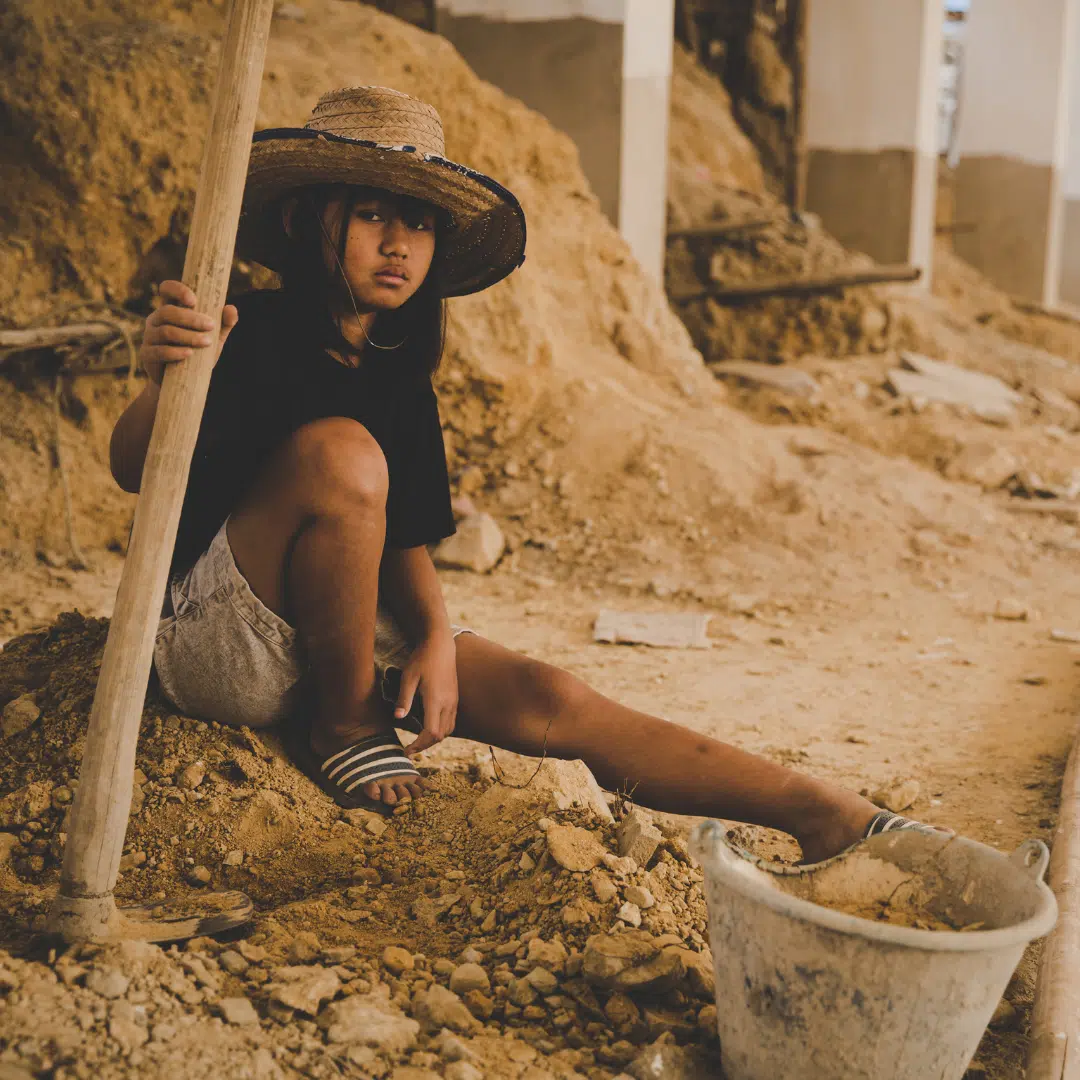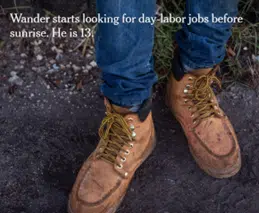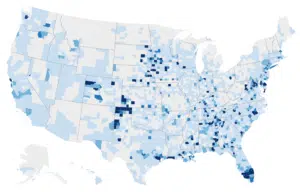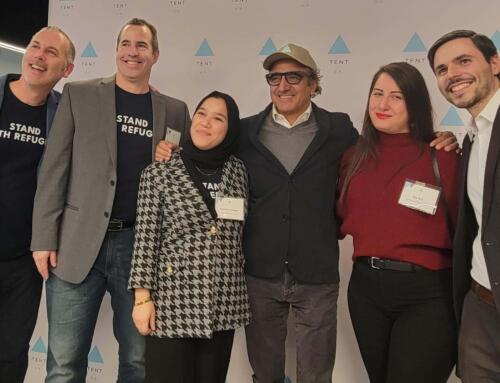In recent years, record numbers of children from other countries traveling without parents or guardians have entered the U.S. – legally — as unaccompanied minors.
Typically arriving at ports of entry at the U.S./Mexico border after harrowing journeys, they turn themselves in to CBP agents, are processed by USCIS, and released to the care of the U.S. federal government, through the Department of Health and Human Services (HHS). Once relatives or non-family sponsors in the U.S. have been identified and vetted, these minors are released to their care. Migrant youth may eventually apply for asylum and legal permanent residency, or they may “age out” and be deported. Like other immigration procedures, all such “status adjustments” take time, funds, and legal assistance.
In the meantime, what happens to these unaccompanied minors?
Where do they end up living? What is the reality of their daily life in the U.S.? In particular, why do many migrant youth end up working in dangerous conditions that many adults in the U.S. avoid at all costs?

Through a series of in-depth articles, Dreier and colleagues have demonstrated not only the horrific conditions and dynamics that lead migrant children to flee their homes (commonly but not solely from the Northern Triangle – Guatemala, Honduras, El Salvador). They have also exposed the deplorable conditions that unaccompanied migrant children often face once admitted to the U.S.

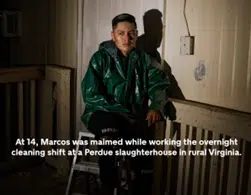
Dreier’s investigative work is enriched by photos, videos, and interactive montages based on the work of photographers and videographers, including Kristen Luce (top two images), Meridith Kohut (bottom left), and Brent McDonald (bottom right).
What kind of story is this?
As reported by Dreier and colleagues, this is a story not of “a few bad actors,” but of the failure of systems – federal and state agencies, labor laws and regulatory authorities, firms and supply chains – entities that are supposed to work for the common good, and in some cases, to protect children from harm. It is also a story of our failure as adults and citizens, to demand transparency, accountability, and adequate protections, to ensure that children in the U.S. – regardless of origin, age, or income – are not subject to duress, exploitation, or threats to their lives and integrity.
Hannah Dreier’s investigative work
In case you have missed any of Dreier’s reporting, we offer here links to key pieces of her investigative work as well as some of the conversations and responses it has prompted:
Alone and Exploited, Migrant Children Work Brutal Jobs across the U.S. (NYT, February 25, 2023)
Searching for the Faces of Migrant Child Labor (NYT, March 3, 2023)
A New Child Labor Crisis in America (NYT “The Daily” podcast, March 9, 2023)
As Migrant Children Were Put to Work, U.S. Ignored Warnings (NYT, April 17, 2023)
Labor Department Denounces Surge in Exploited Migrant Children (NYT, July 27, 2023)
The Kids on the Night Shift (NYT, September 18, 2023)
Children Risk their Lives Building America’s Roofs (NYT, December 14, 2023) and accompanying video
They’re Paid Billions to Root Out Child Labor in the U.S. Why Do They Fail? (NYT, December 28, 2023)
Where Migrant Children are Living, and Often Working, in the U.S. (NYT, December 28, 2023)
Dreier’s December 28, 2023 piece includes this map based on HHS data. It shows where migrant children have been placed with non-family sponsors. Darker spots indicate a greater density of such placements, with the greater risk of exploitation by both sponsors and employers.
Additional sources of information about unaccompanied migrant children in the U.S.:
- Rising Child Migration to the United States (Migration Policy Institute, links to multiple reports and an interactive data tool on unaccompanied children released to sponsors, FY2014 – present)
- U.S. Detention of Child Migrants (Council on Foreign Relations, March 27, 2023)
- In Newly Released Audit Report, HHS Announces New Accountability Team, Additional Efforts to Protect the Safety and Well-being of Unaccompanied Children (Department of Health and Human Services, June 2, 2023)
- Unaccompanied Children Program Fact Sheet (Department of Health and Human Services, December 1, 2023)
- The Stories of KIND (Kids in Need of Defense)
Disturbed to see what happens to migrant youth in the U.S.?
Wondering what any of us can do? Here are a few suggestions:
- Educate yourself. Read, listen, pay attention to the evidence presented by journalists, writers, scholars who observe and track these patterns. Listen for the voices and insights of migrant children and their families. Challenge yourself to understand the complex issues involved.
- Talk with your entourage — family and friends, book group, faith or community service organizations – about what you learn and why it matters. Share posts by EMM and others you trust on your social media.
- Reach out to your elected officials, at local, state and national levels. Let them know what you know and are concerned about: the vetting of sponsors; state laws on child labor; audits of working conditions, or other matters. Connect with others in your community or state to push for effective regulation of child labor and to offer meaningful opportunities for all youth.
- Consider your impact as a potential consumer of goods produced by companies who are evading responsibility by outsourcing both employment and audits of working conditions. Boycott products from companies whose practices prioritize profit over the safety and well-being of their employees, no matter their age or legal status.
Until the horrific conditions that children are fleeing (violence, conflict, persecution, climate crises) change in substantial ways, migrant children and youth will continue to arrive at our southern border. Let’s do all that we can to change the systems and the circumstances that meet them as they ask for refuge, legally enter the U.S., and become our neighbors and partners in a shared future.


